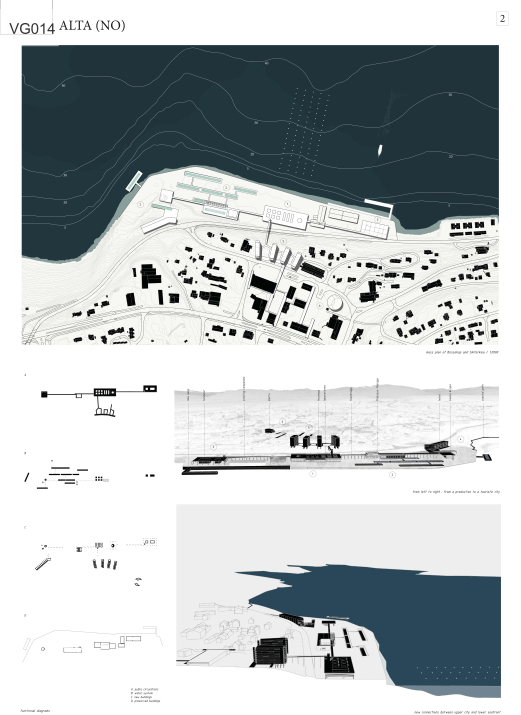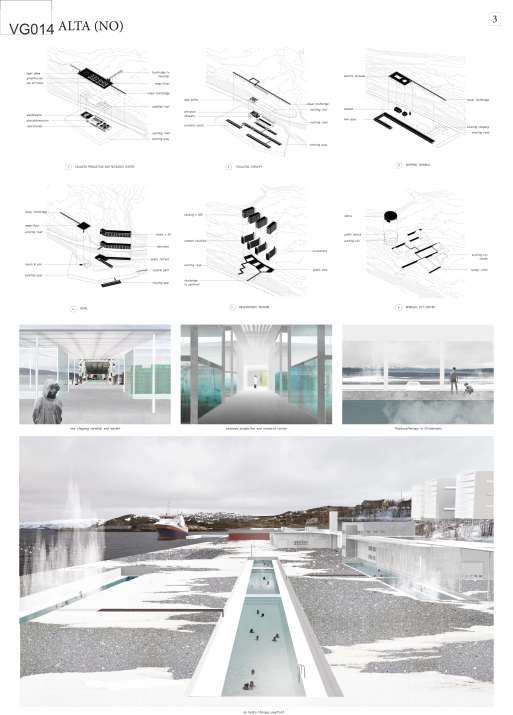Project:
Hydro-Therapy
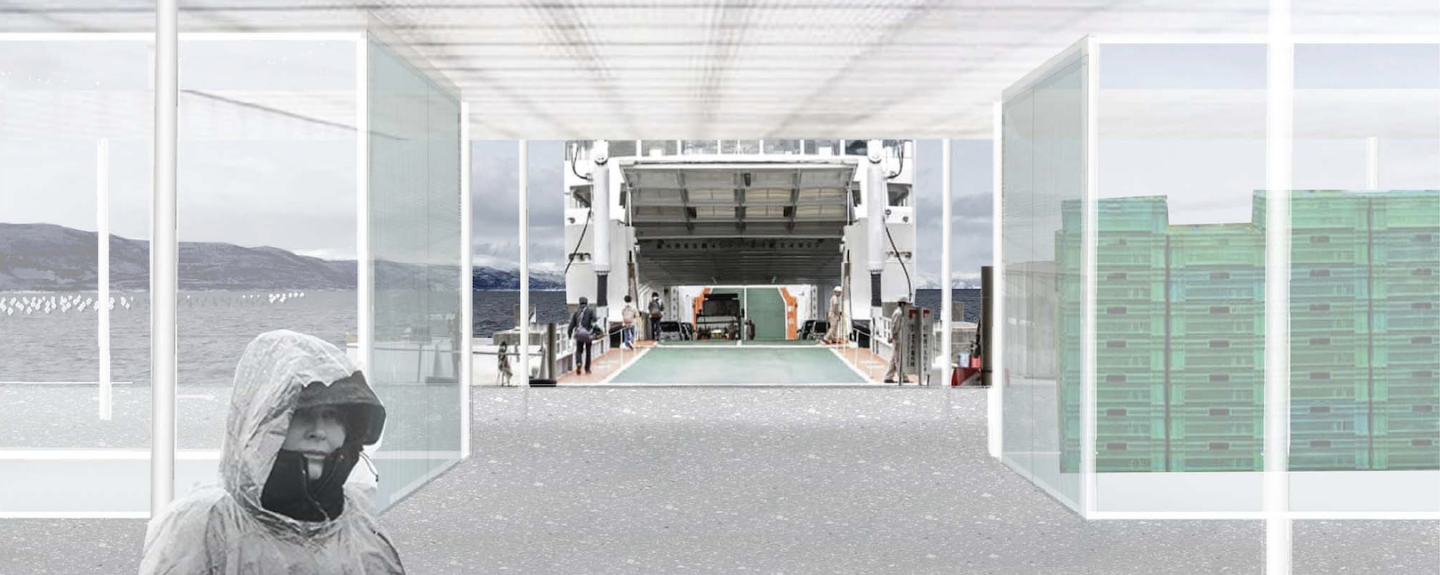
About
-
Waterscape
With its subarctic climate and seaside position on the fjord, Alta may become an exotic and attractive city if it develops facilities to welcome winter activities and find new local resources. It’s time to focus back on the sea and find a symbiotic relationship between tourism and maritime productivity at the same time.
Algaculture
The first phase of the project couples a seaweed farm and algae research center with a seaside thalassotherapy. These activities revitalize the existing warehouses (Strandveien). The seaweed culture in the Alta fjord creates a new local maritime economy based on therapy, cosmetic (microalgae) and alimentation (seaweed) for the whole region and its inhabitants.
Production vs. tourism
The second phase plans to build new building facilities: a large maritime shipping terminal, close to the production area, east of Skiferkaia, and a hotel with tourist facilities and a coastal path on the west side. Housings for researchers take place on the hill and connect the new logistic lower city with the existing upper town.
A continuous public space
The third step of the project consist to design a mega-floor at 5 meters high above the existing quay. It allows to prevent the harsh winter climate, and illuminate below the new covered public space generated. All programs are distributed by this new urban platform that links the upper city and the quay with elevators, stairs, and new footbridges.
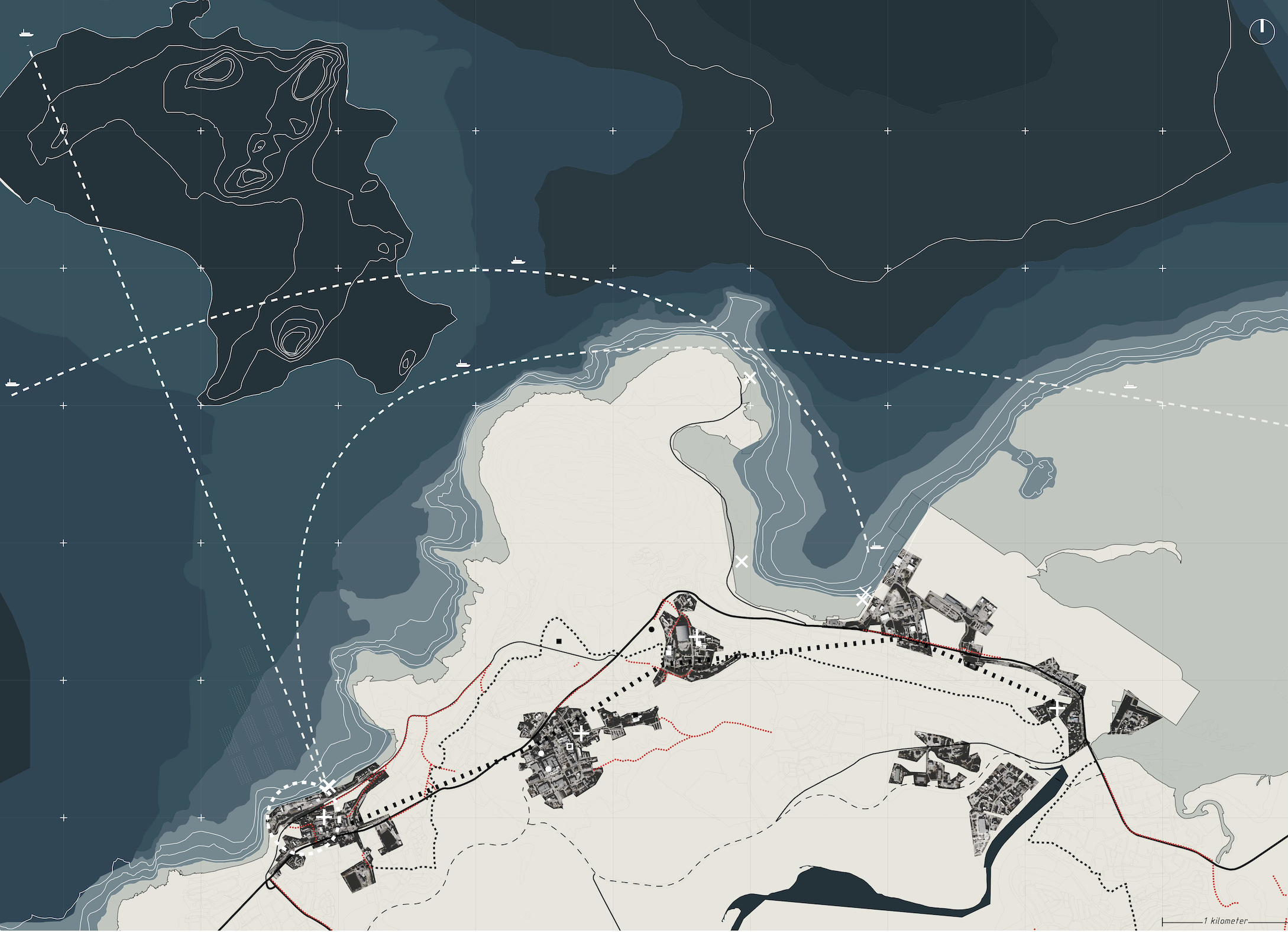
-
The project Hydro Therapy seizes the potential of the algae and proposes a complementary program that involves research and well-being. It is a center that contains a sauna and bath facilities, as well as laboratories. The program opens for cultivating algae both on land and at sea, it is a holistic system in which the algae is used in different ways. The project links food production, cosmetics, health, education, research, which in terms stimulates tourism and commerce on one side, and on the other side opens for a local and international network of expertise on algae-research. The future export from Skiferkaia is linked to the sea; high technology-knowledge and welcoming wellness.
The jury finds the interpretation of the existing situation, and the idea of transforming an industrial area to a recreatic platform, where thermal baths are digged out from the quay, engaging. The process evolves step-by-step and preserves emptiness as a quality, for public to share and for future adaptions. The landscape resources are embedded in the strong link of programs: sauna and hotel, thalasso therapy, agricultural industry and production, and harbor and market.
The proposal has delicate drawings that represents the sea and the earth on the same level. The sea is not only a frame, or a living environment, but is here introduced as a field of production linked to a productive district.
The process is ambitious and demands a partnership between the university, laboratories and a developer for a therapy centre. The masterplan seems to be dependent on one main developer, even if it authorizes to split in smaller subplots. The architectural proposal becomes a backdrop to the overall vision/concept, and appears less convincing.
-
Team Representative: Victor Maréchal (FR) – architect
Associate: Maria Fernanda Serna (CO) – landscape architect59 rue Condorcet, 75009 Paris (FR)
+33 643 415 979 – victor.marechal@gmail.com
M. Fernanda Serna & V. Maréchal
Team interview
1. How did you form the team for the competition?
We met in Medellin (CO), while studying and working with local architecture offices in 2011. Now we both live and work in Paris as landscape architect (Maria Fernanda Serna, ENSPV) and architect (Victor Maréchal, ENSAPB), and as teachers. Usually, we used to work as separated offices but we frequently develop territory projects or micro interventions together. Alta's fjord seafront was a perfect opportunity to make a new landscape and urbanistic project together.
2. How do you define the main issue of your project, and how did you answer on this session main topic: the place of productive activities within the city?
The city of Alta could become an exotic and attractive city if it develops facilities to welcome winter activities and find new local resources, thanks to its seaside position on the fjord. We focused on the sea with a symbiotic relationship between tourism and maritime productivity at the same time. The Hydro-therapy project tries to find the potential of the algae culture from the sea and proposes a complementary program involving research and well-being. The main complementary program is a centre that contains both laboratories and bath facilities. It creates a holistic seafront system that uses algae to link production and recreation. In this way, the sea is not only a living environment but become a field of production linked to a productive district.
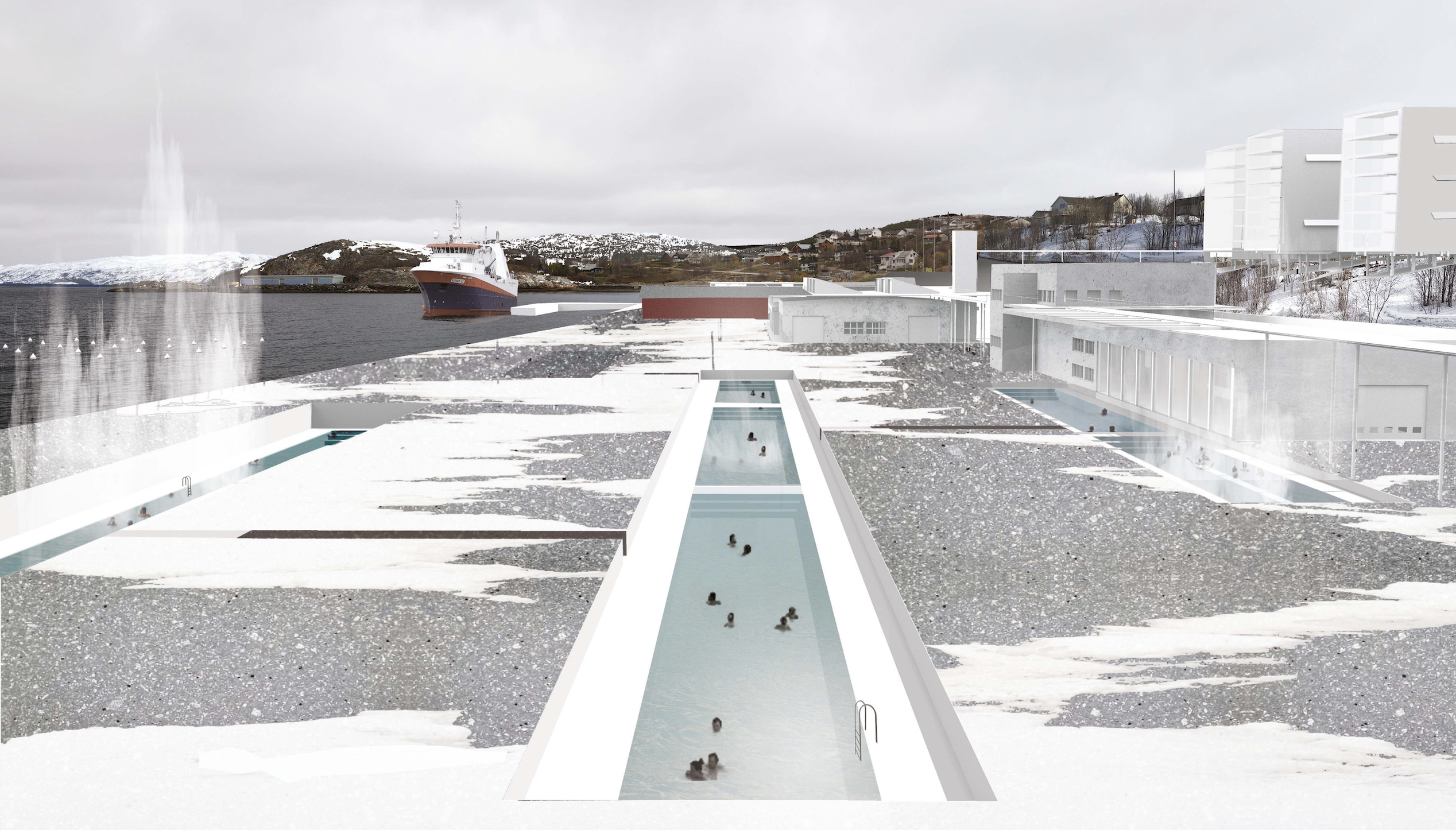
3. How did this issue and the questions raised by the site mutation meet?
In Europe, many old industrial seafronts or river borders were converted into passives areas. In Alta, the slate industry still exists and must be preserved as much as possible in the coastline development. Often, we wonder how to avoid leaving in the past the industrial heritage? How to avoid converting a seafront to a museum? Our project rather proposes a step-by-step process that mixes the existing industrial area with a recreational platform. The first step is the rehabilitation of the existing buildings into a micro-algae research centre but also a private indoor thalassotherapy. Then, the concrete existing quay is dug to welcome public baths and become a warm and humid open-air public space. We found necessary to preserve certain emptiness in the site as a quality for public space and future adaptations. Alta´s seafront will offer a revitalized landscape shared between inhabitants, tourists and workers.
4. Have you treated this issue previously? What were the reference projects that inspired yours?
One of our main interests is to work with water issues at many scales (seafront operations, flooding issue, rainwater systems). It was clear for our proposition Hydro-therapy in Alta, but also for other projects in France (Rouen and Paris riverside competitions, housing and flooding park in Bègles). It allows us to develop many strong ecological principles, from architecture to landscape, from micro scale to macro territory system. In many urban and architectural competitions, we also try to give more public spaces to a building density program, even if it is not expected. As architects, we have to give the right proportion of private and public spaces to develop new urban and landscape systems. In Alta, our project intends to work with the existing industry without scarifying the panorama on the fjord, whereas most of the other answers propose buildings saturation of the seafront site. Nothing has to be demolished. Working with the ground and dealing with the existing building is our way to work.
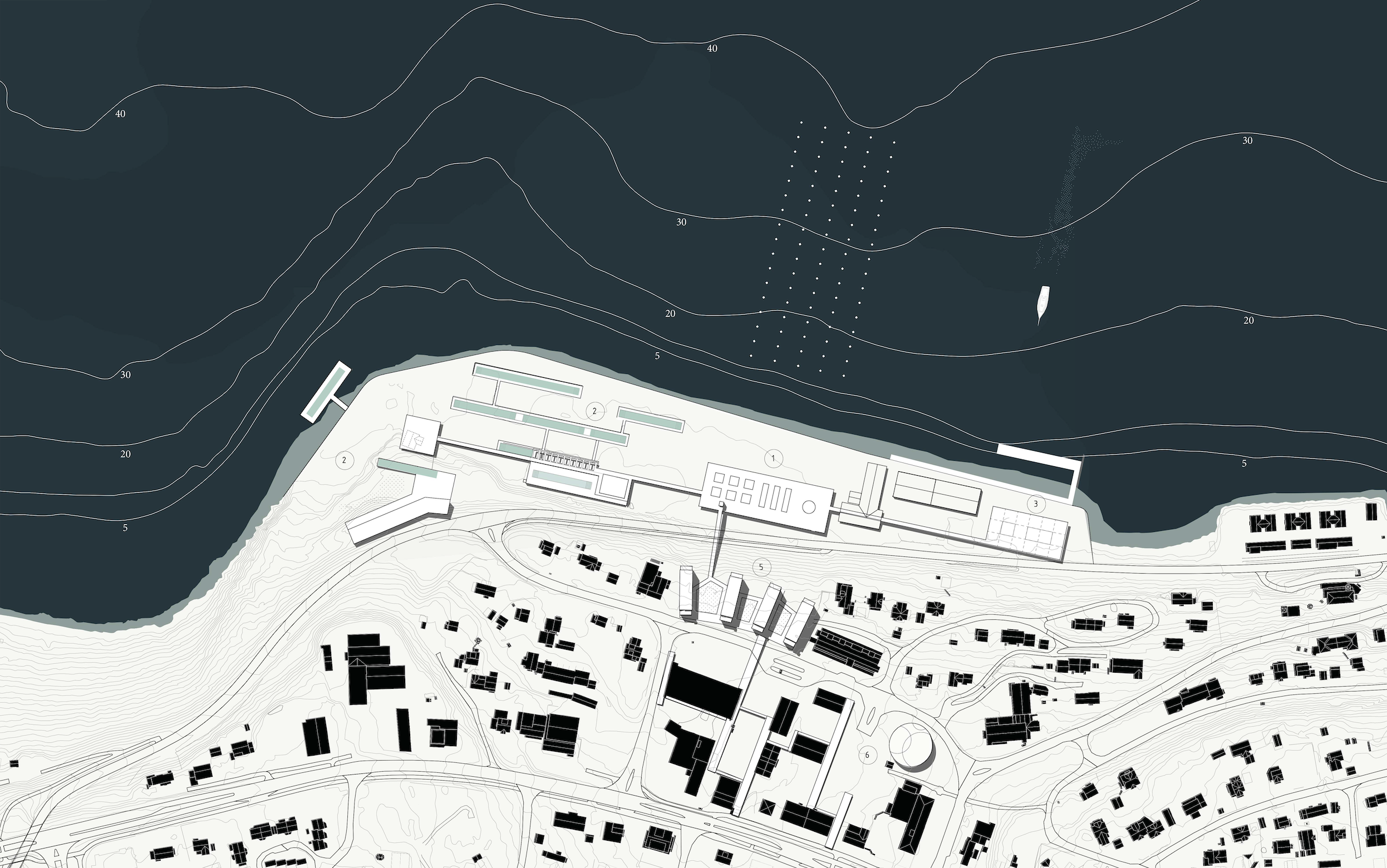
5. Urban-architectural projects like the ones in Europan can only be implemented together with the actors through a negotiated process and in time. How did you consider this issue in your project?
The Hydro-therapy project seizes the potential of the algae as a resource to be use both between public and private developers. It allows multi-programmatic mix between health, food, tourism and research. For the therapy centre located in the existing factories, the process demands a partnership between the university, laboratories and a private developer. The masterplan depends on one main developer and can be split in smaller subplots. In this way, several new architecture facilities can be built in a second time: a hotel and sauna, a harbor, a market and student housing.
6. Is it the first time you have been awarded a prize at Europan? How could this help you in your professional career?
Our team is awarded for the first time at Europan competition. It is a great step for us and we are happy that our ideas for the city and its territory have found a place where it can be supported. The Productive cities issue could announce an urban renewal in many European cities. We hope it can help more opened competitions to come around this thematic and interdisciplinary approach to be underlined. We are now looking for opportunities to develop new projects and research projetcs between architecture and landscape, and to be invited in participating to competitions or seminars in Norway or in others countries.
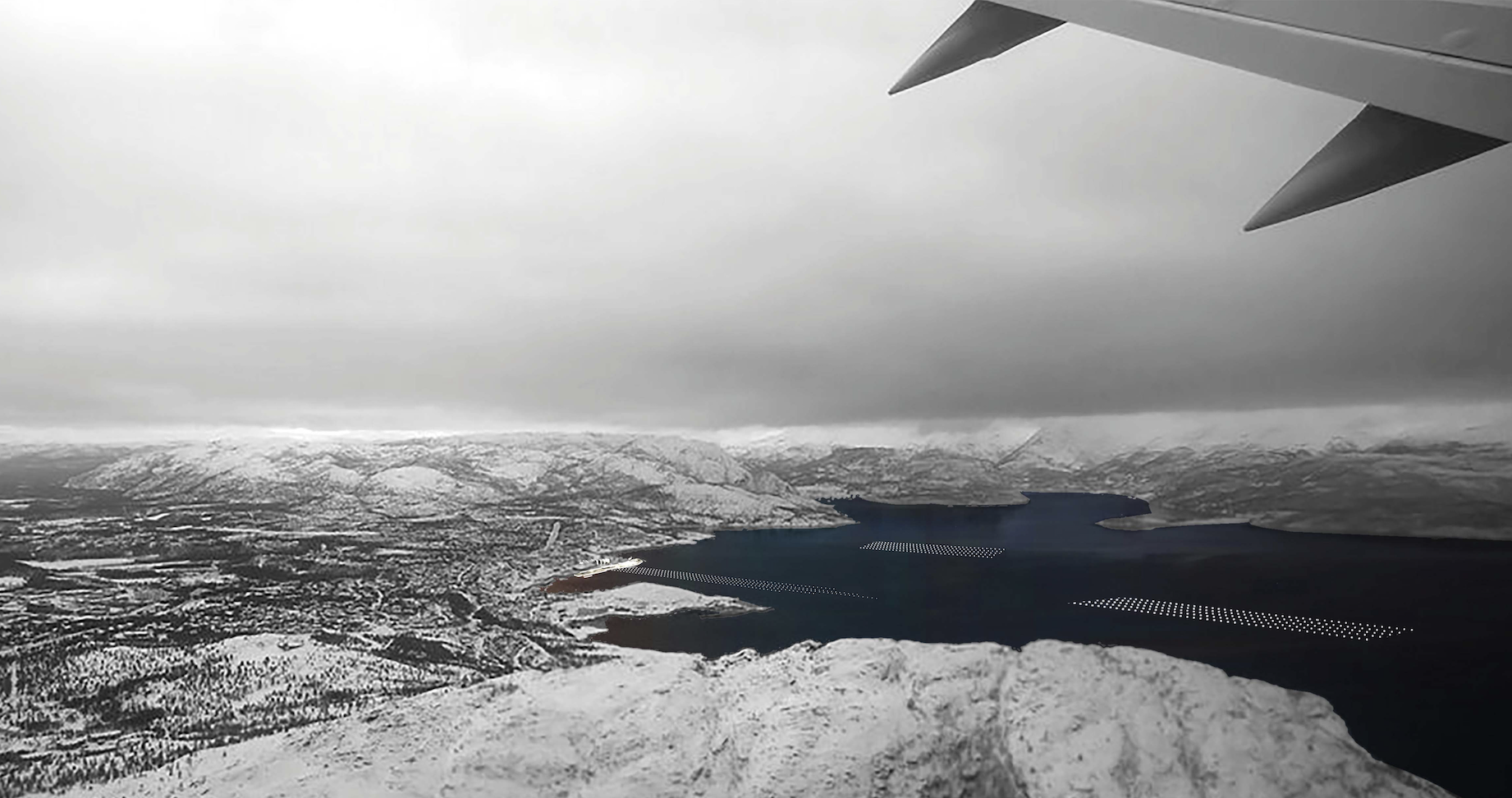
Related projects
-
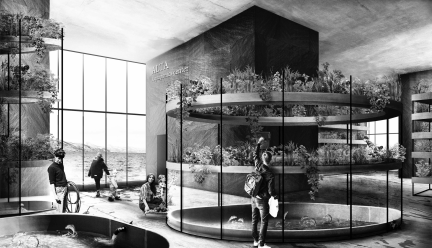
Tanca
We fill the big container with materials by improving industrial and artisanal production, ideas by…
-
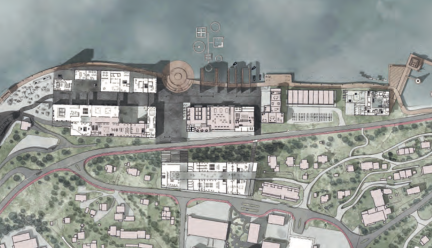
BUSY BOSSE!
This entry examines the importance of human interactions and net- works that comes with a diverse…
-

Hydro-Therapy
It’s time to focus back on the sea and find a symbiotic relationship between tourism and maritime…

